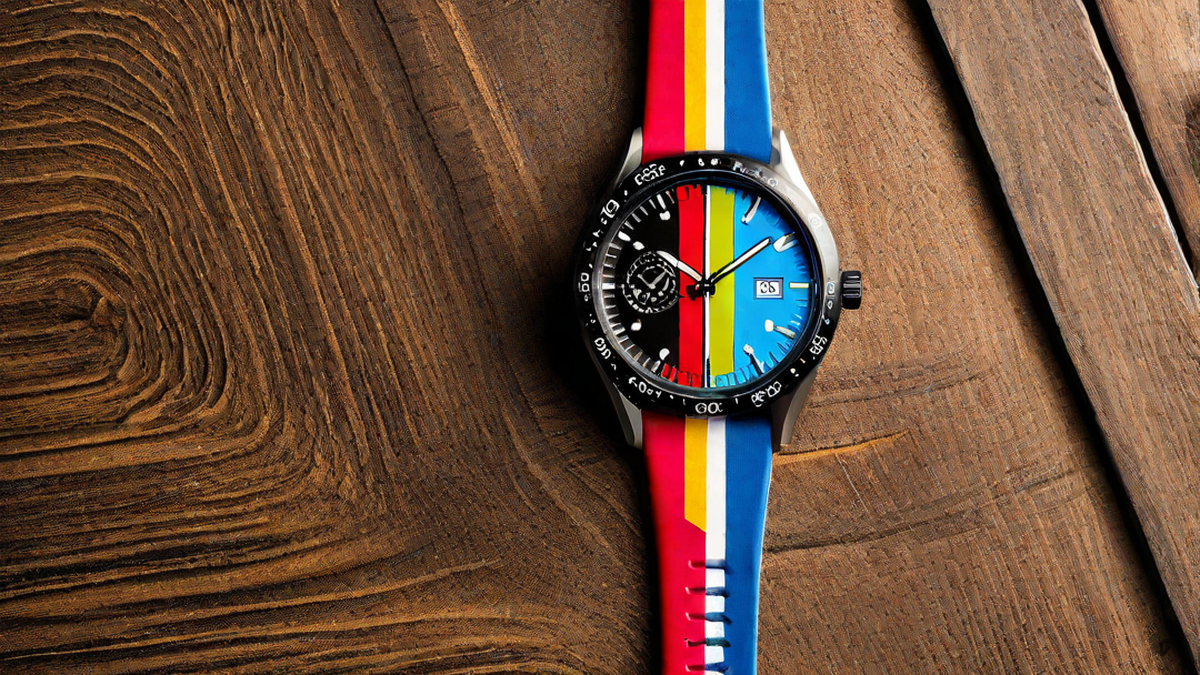Setting a marathon watch can be a crucial step in ensuring a successful race. As a seasoned runner and marathon enthusiast, I have learned the importance of properly setting and utilizing a marathon watch to track my performance and achieve my goals. In this article, I will guide you through the process of setting a marathon watch, providing personal insights and tips along the way.
Choosing the Right Marathon Watch
Before we dive into setting up your marathon watch, it’s important to invest in a reliable and feature-rich timepiece. There are numerous brands and models available in the market, each offering unique features and functionalities. Consider factors like GPS tracking, heart rate monitoring, battery life, and compatibility with training apps. Personally, I use the Garmin Forerunner series, which has proven to be a reliable companion during my training and races.
Step 1: Familiarize Yourself with the User Manual
Once you have your marathon watch in hand, take some time to familiarize yourself with its features and functions. Most watches come with a user manual that provides detailed instructions on how to set up and operate the device. Reading the manual will help you make the most of your watch’s capabilities and avoid any unnecessary confusion during the setup process.
Step 2: Set the Date and Time
The first step in setting up your marathon watch is to configure the date and time. This is a basic yet crucial step, as it ensures accurate data recording and synchronization with other devices. Most watches have a dedicated settings menu where you can adjust the date and time. Make sure to set it correctly based on your current time zone.
Step 3: Customize Display Preferences
Next, personalize your marathon watch by adjusting the display preferences to suit your preferences and needs. Some watches allow you to choose the layout of data fields, screen brightness, and even color themes. Experiment with different options to find the configuration that provides the best visibility and readability while running.
Step 4: Configure Training Alerts and Profiles
Marathon watches often come with features that enable you to set up training alerts and profiles. These can be invaluable tools for tracking your pace, heart rate zones, and interval timings. Take some time to configure these alerts based on your training plan and goals. For example, you might want to set an alert for when you exceed your target heart rate or pace, or when it’s time to take a walk break during a run-walk training program.
Step 5: Sync with Training Apps and Accessories
If your marathon watch supports connectivity with training apps or accessories, make sure to sync them before your race. This will allow you to seamlessly transfer data, analyze your performance, and benefit from additional features offered by these apps or accessories. Many watches have Bluetooth or Wi-Fi capabilities, making the syncing process quick and effortless.
Step 6: Test and Calibrate Your Watch
Before the big race day, it’s important to test and calibrate your marathon watch to ensure accurate tracking of your distance and pace. Most watches offer a built-in GPS feature that calculates the distance covered during your run. Take your watch for a test run on a known route or use a measuring wheel to determine the accuracy of the distance recorded by your watch. If necessary, consult the user manual for instructions on calibrating the watch’s GPS for precise measurements.
Conclusion
Setting a marathon watch is a process that requires attention to detail and customization to meet your specific needs as a runner. By following these steps and personalizing your watch’s features, you will be well-equipped to track and monitor your performance during training and on race day. Remember, your marathon watch is more than just a timekeeping device—it can be your reliable training partner and a valuable tool to help you achieve your running goals.

